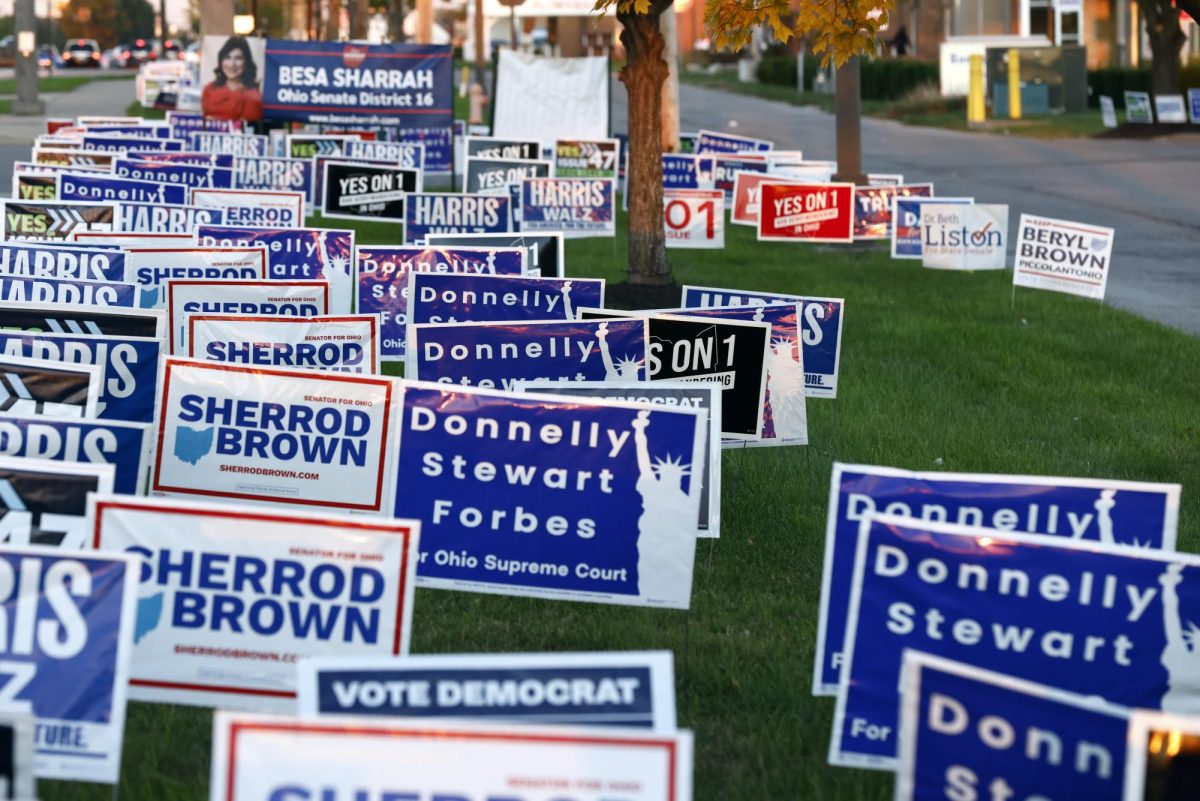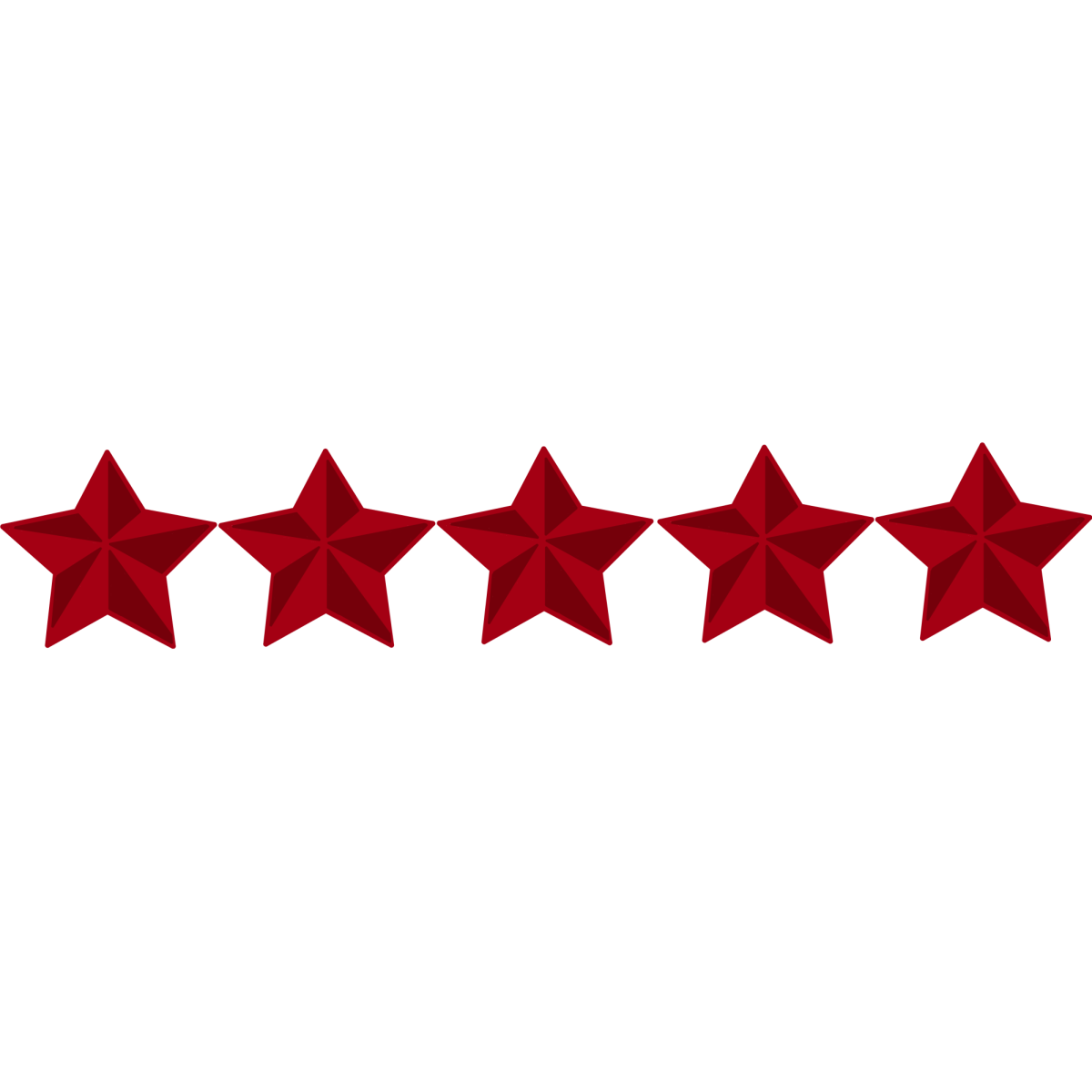Dear Colgate Community,
There is no singular way to categorize the “culture” of the LGBTQ+ community, yet a recent commentary titled “Unpopular Opinion: The Issue With ‘Gay Culture’” attempts to do just that. We have identified concerning allonormative and homonormative conceptions about the LGBTQ+ Colgate University community that need to be addressed. Queerness is not uniform: There are innumerable ways in which each person who identifies as queer navigates their chosen spaces. So, the idea that one can boil down LGBTQ+ identities to be overly sexual is damaging and untrue, and that idea seeks only to perpetuate harmful rhetoric about what it is like to be LGBTQ+ on a rural college campus.
When discussing hypersexuality, it is typically conflated with cisgender male homosexuality, a misnomer when considering the breadth of identity within Colgate’s LGBTQ+ community. To then put this narrow framework on Colgate’s entire queer community is blatantly untrue. Colgate’s LGBTQ+ events cater to a wide range of queer identities, with many organizations on campus hosting queer events of a non-sexual nature, like the Office of LGBTQ+ Initiatives’ roundtable discussion for Colgate’s Transgender Day of Awareness. Historically, there have been a plethora of non-sexual events centering aro and the aroace Colgate community. These have the purpose to empower aroace and queer individuals who do not engage in sexual spaces, with recent events such as ACE Week presentations, film screenings and the Center for Women’s Studies (WMST) brown bag, “Asexuality’s Glorious Queerness: Compulsory Sexuality, Amatonormativity and Gender.”
Colgate’s LGBTQ+ events are created with care and intention while following the tradition of the queer community. Since the 1920s, queer activism, predominantly led by people of color, has challenged heteronormative structures, intersecting sexual liberation with queerness. Queerness, we have learned, is about being you to the fullest extent despite societal norms; we are taught from a young age what is appropriate sexually and romantically. Liberation from heteronormativity has always been a paramount aspect of the queer community. To promote homonormative notions of sex on Colgate’s campus shifts the blame of violence experienced by queer individuals onto themselves rather than the institutions that encourage it. The queer community is not homogenous. It also does not need to be “fixed.” We must continue to question homonormative understandings of queerness, ensuring that we uplift rather than cut down those working to better the lives of their peers and community.
So when cries for a desexualization of the queer community are heard, our solution should not be to eradicate sex from the conversation. Without sex-positive conversations about LGBTQ+ people, we lose part of our history, as the gay rights movement is rooted in aspects of the sexual liberation movement. Further, it threatens our continued right to exist. Anti-LGBTQ+ bills are being pushed in state legislatures to worsen the oppression of LGBTQ+ individuals, with a total of 468 anti-trans bills introduced in 2024 alone, according to the Trans Legislation Tracker. From the Texas Supreme Court considering gender-affirming healthcare as child abuse to the “Don’t Say Gay” bill in Florida, there are numerous active attempts to police and criminalize queer identity nationwide. The cyclical relationship between these anti-LGBTQ+ bills and the predatory rhetoric imposed onto queer bodies has led to a disturbing increase of more than 400 percent in discriminatory and inflammatory “grooming” content targeting the LGBTQ+ community across various social media platforms, as reported by the Human Rights Campaign. Accusations of LGBTQ+ individuals as sexual deviants, groomers and pedophiles have justified this surge in legislative restrictions on public displays of queerness, such as the recent defunding of public libraries because of drag queen story times in Texas, per the Texas Tribune. The author of the aforementioned commentary piece presents rhetoric that plays directly into this, enforcing a homo- and allonormative framework that harms the whole LGBTQ+ community.
We have personally experienced how queer hate is often centered around how gay sex is ‘sinful’ or ‘disgusting,’ and sexual health can be ignored because of this. This is why events like the Office of LGBTQ+ Initiatives’ Sex Toys Bingo are so essential to Colgate’s community: It validates everyone’s relationship to the sexual, to desire and to sex regardless of one’s sexuality. It provides a time and space to think and name your boundaries and feelings around sex, whether you desire it or not. Sex Toys Bingo is a place of sex-positivity for all bodies, including those who are aromantic and asexual. Sex positivity is for everyone, the condoms in the Center for Women’s Studies are for everyone and events promoting sex-positivity are for everyone. We all benefit from feeling prideful about our sexual and reproductive health.
It is a powerful statement for students to express their sexuality amid a sociopolitical climate attempting to police and criminalize their queerness, but cisgender, homosexual, white men grapple with a double-edged reality: enjoying social privileges and material benefits while being pressured to enforce systems of domination rooted in gender, race and desire. We feel that black and brown queer-identifying people have found solace on campus with the establishment of places such as Pink Haus.
“I have never felt a sense of community at Colgate up until the creation of spaces like the Pink Haus,” junior Yeraldi Delos Santos — the current president of QTPOC and co-founder of Pink Haus — said.
Thus, the claims of the commentary piece that these spaces lack the ability for others to form a meaningful connection are a consequence of white heteropatriarchal rhetoric enforcing systems of power and control among queer and trans people of color.
The conversation of hypersexuality is a nuanced issue that has been stripped down to a misguided indictment of our peers and colleagues. Yale University Associate Professor John Pachankis tells LGBTQ+ magazine Them that, when faced with stressors from within the LGBTQ+ community, a solution would be to strengthen the friendships between one another.
“One of the great things about being queer is that it allows people to stand outside the status quo, to form diverse communities and diverse friendships that might transcend artificial boundaries that exist in the heterosexual, cisgender world,” Panchankis said.
Centering Panchankis’ message, we do not believe in erasing certain queer relationships or bodies. Rather, we need to unify as an LGBTQ+ community and welcome all complex relationships, identities and perspectives. So, while the current discussion on campus suggests that there is a division between the ‘sexual’ and the ‘non-sexual’ queer, the commentary creates an unnecessary and harmful division within a community that should be instead focused on solidarity and unity.
Signed,
Jose Arriaza ’25 ([email protected])
Oscar Brown ’26 ([email protected])
Yeraldi Delos Santos ’25 ([email protected])
Max Gardinier ’24 ([email protected])
R Hunsicker ’24 ([email protected])
Ernie Nelson ’25 ([email protected])
Quinlan Owens ’26 ([email protected])
Jordan Smith ’24 ([email protected])
Salem Sokpoli ’26 ([email protected])











Toby Nicholson • Feb 24, 2024 at 3:48 pm
Thank you so much for writing this. I think that it is extremely important especially with some of the reception that the other article recieved.
R • Feb 23, 2024 at 4:37 pm
I know some of the language used in this letter, although intentional, can be inaccessible. We had included definitions of some of the words, but they got cut in the final version, so here are those definitions!
allonormative: the systemic idea that all people (in contemporary, Us Western society) experience sexual attraction.
heteronormative: a systemic idea that heterosexuality as natural and superior to all other expressions of sexuality.
homonormative: the belief that sexual minorities can and should conform to heteronormative ideals and institutions.
hypersexuality: having an obsessive fixation on sex, sexual acts, and sexual fantasies.
Ollie • Feb 23, 2024 at 1:06 pm
This is so incredibly well written and needed to be said!!
anki • Feb 23, 2024 at 11:49 am